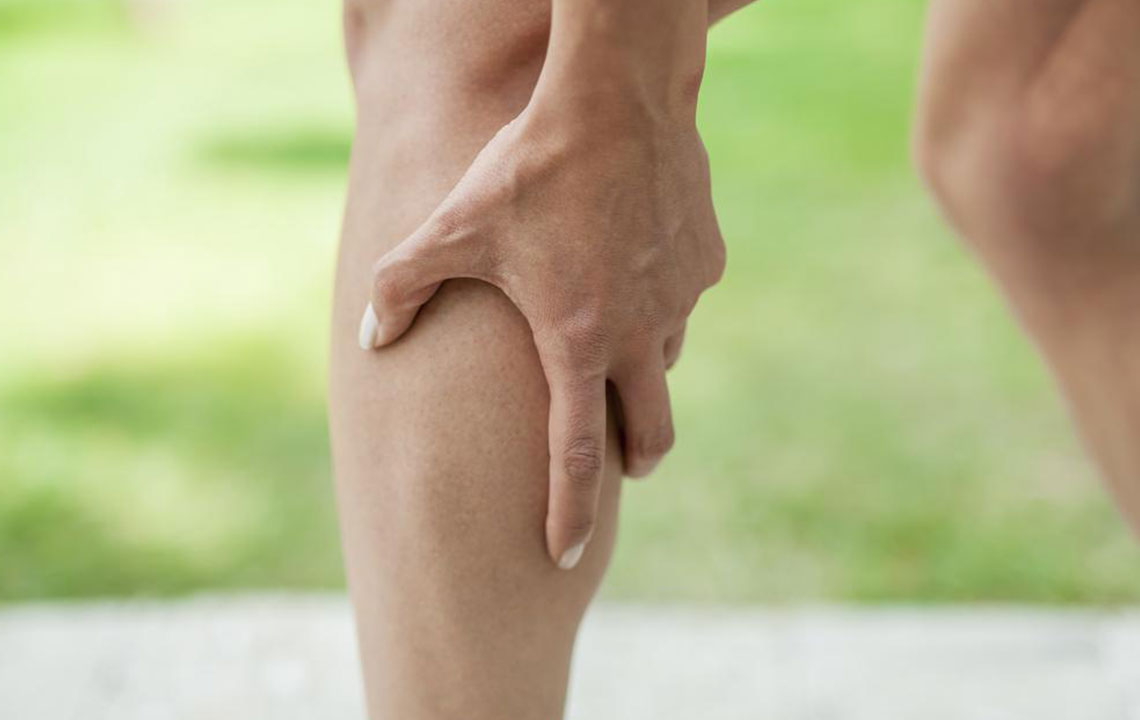Identifying and Managing Diabetic Leg Discomfort: Key Symptoms and Preventive Strategies
Learn how to identify early signs of diabetic leg discomfort, including muscle cramps and nerve symptoms. Discover effective prevention methods like blood sugar control, hydration, and lifestyle changes. Early detection can help avoid severe complications such as nerve damage and limb amputation. Regular medical supervision and lifestyle adjustments are crucial for managing diabetic leg pain successfully.

Recognizing Symptoms of Diabetic Leg Discomfort for Better Treatment
Waking up suddenly with muscle pain often indicates a muscle cramp. Involuntary contraction of skeletal muscles causes discomfort or pain, known as muscle cramps.
The common muscles affected include:
Calves – rear of the lower leg
Hamstrings – back of the thigh
Quadriceps – front of the thigh
Hands, arms, neck
Abdominal muscles
Individuals with diabetes frequently experience muscle cramps. Diabetes-related nerve damage, or neuropathy, is also a significant contributor to leg pain. Muscle fatigue and limited flexibility can also trigger cramps.
Importance of Monitoring Diabetic Leg Symptoms
Although muscle cramps are usually benign, they may signal underlying diabetes issues. Recurrent cramps can be a sign of unstable blood sugar levels. These symptoms are often mistaken for Peripheral Artery Disease (PAD), which involves arterial plaque formation reducing blood flow. Restless Leg Syndrome (RLS), common among diabetics, also causes calves and joints to ache.
Signs Specific to Diabetic Leg Pain
Diabetic nerve damage, or neuropathy, is a typical sign, especially affecting limbs. Tingling, numbness, burning sensations, or pain are early indicators. If addressed early, nerve damage can be halted or minimized, preventing severe complications like foot ulcers or amputations.
Tracking Symptoms of Diabetic Leg Discomfort
Regular consultations with your healthcare provider are vital. Frequent leg pain or cramps should be reported promptly, as they may indicate poorly managed blood sugar or conditions like PAD, which can increase the risk of cardiovascular issues. About one-third of diabetics over 50 are affected by PAD.
Preventive Measures for Diabetic Leg Symptoms
Since cramps can occur unexpectedly, awareness and proactive steps are crucial. Managing blood sugar is paramount to prevent muscle cramps, which are common in diabetics with uncontrolled levels. Staying hydrated with plenty of water helps maintain electrolyte balance and reduces cramp risk.
Medication Considerations
Some medications, including diuretics, blood pressure drugs, or insulin, may contribute to cramps. Monitor how these medicines affect you, and consult your doctor if pain persists.
Nutritional Strategies
A balanced diet rich in potassium, calcium, vitamins, and minerals supports healthy muscle function. Avoid dietary imbalances that can cause deficiencies, but always seek medical advice before making significant diet changes to ensure compatibility with your treatment plan.
Home Care Tips
Additionally, try remedies like:
Gentle physical and light therapy sessions
Electric nerve stimulation or acupuncture
Regular short walks
Warm water leg soaks
Note: Our blog provides helpful information derived from research and practical insights. However, it shouldn't replace professional medical advice. Always consult your healthcare provider for accurate diagnosis and personalized treatment plans.










